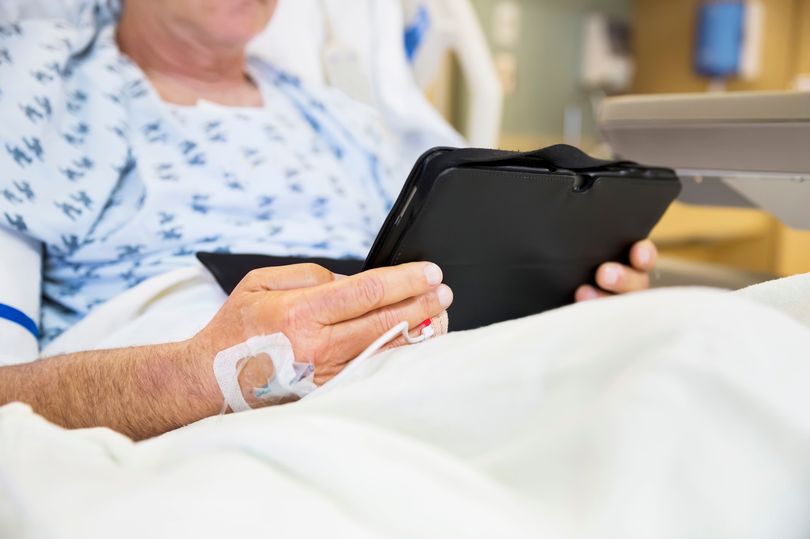One of the worst aspects of Covid-19 is that patients can’t be supported and comforted by loved ones. Relatives miss seeing patients too.
Maybe we should take a leaf out of the Mayo Clinic’s book to overcome this problem.
As of last year, this world-renowned American hospital trust distributed more than 2,000 iPads to give patients access to the app Bedside.
Bedside is managed by the Mayo Clinic’s Centre for Connected Care – and it’s a world-beater.
It acts as a source of information for patients so they can see their medical charts, daily programmes, and even photos and information about their care teams.
Bedside also allows them to stay connected with family and friends.
The clinic’s nursing and IT departments worked together to figure out how to help patients use their iPads to stay connected.
The tablets were uploaded with two options – “One use is when the patient is stable and has the functional capacity to operate the iPad and use Zoom,” says Julie Prigge, the clinic’s operations administrator. “The other is when the patient has limited functionality. In this case, hospital staff can facilitate a Zoom connection on behalf of the patient.”
This use of Zoom is activated through a secure domain.
Kim Pollock, the clinic’s nursing administrator, says: “This isn’t any different than when patients use Zoom on their own devices.
“If Mayo staff are present during Zoom connections or any other conversations, they must ensure their own compliance with security guidelines. Zoom has taken great steps to protect users’ security.”
Uploading Zoom to the Bedside iPads gives carers the chance to connect with patients remotely.
An added bonus of Zoom on Bedside iPads means there are fewer unnecessary trips in and out of a patient’s room when the patient has a Covid-19 infection.
Chad Weiler, a registered intensive care nurse, says Zoom on the Bedside tablets “allows families to have a sense of being with their loved ones, and patients feel their families are near them in this time of crisis”.
He adds: “I cared for a patient who was on life support and was not able to communicate with anyone because of
the diagnosis.
“Zoom helped the patient’s son emotionally. He could see how ill his mother was. It helped him in making decisions and working with the healthcare team as to what his mother would want if and when it’s time to start making hard decisions concerning continued care.”

